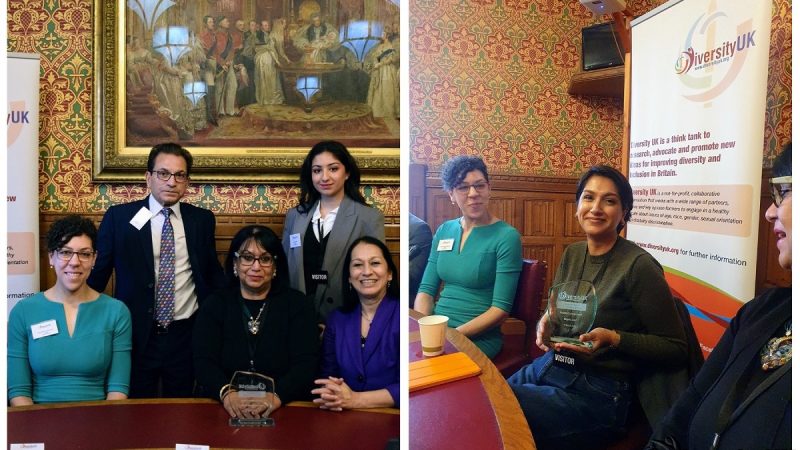Gender Pay Gap: Women in Europe still work 59 days ‘for free’
 The gender pay gap across the EU is still large and it is not budging. 16.2% is the average difference between women and men’s hourly earnings across the EU, according to the latest figures released today by the European Commission. The figure has not moved an inch in the space of a year. According to a report published by the European Commission today, the pay gap between women and men is still a reality in all EU countries, ranging from 27.3% in Estonia to 2.3% in Slovenia. Overall figures confirm a weak downward trend in recent years, with a decrease of 1.1% between 2008 and 2011. Today's report shows the biggest problem in fighting the EU pay gap is the practical application of equal pay rules and the lack of legal action brought by women to national courts.
The gender pay gap across the EU is still large and it is not budging. 16.2% is the average difference between women and men’s hourly earnings across the EU, according to the latest figures released today by the European Commission. The figure has not moved an inch in the space of a year. According to a report published by the European Commission today, the pay gap between women and men is still a reality in all EU countries, ranging from 27.3% in Estonia to 2.3% in Slovenia. Overall figures confirm a weak downward trend in recent years, with a decrease of 1.1% between 2008 and 2011. Today's report shows the biggest problem in fighting the EU pay gap is the practical application of equal pay rules and the lack of legal action brought by women to national courts.
"With laws guaranteeing equal pay for equal work, equality in the workplace and minimum rights to maternity leave, gender equality is a European achievement. But there is still a way to go to full gender equality. The pay gap is still large and it is not budging. To make things worse: much of the change actually resulted from a decline in men’s earnings rather than an increase for women,” said Vice-President Viviane Reding, the EU's Justice Commissioner. "The principle of equal pay for equal work is written in the EU Treaties since 1957. It is high time that it becomes a reality in the workplace as well."
The report published today assesses the application of the provisions on equal pay in practice in EU countries, and predicts that for the future, the main challenge for all Member States will be the correct application and enforcement of the rules established by the 2006 Equality Directive.
However, today's report confirms the effective application of the equal pay principle is hindered by the lack of transparency in pay systems, the lack of clear benchmarks on pay equality, and by a lack of clear information for workers that suffer inequality. Increased wage transparency could improve the situation of individual victims of pay discrimination who would be able to compare themselves more easily to workers of the other sex.
Examples of good practices on equal pay at national level:
The Belgian Parliament passed a law in 2012 obliging companies to carry out a comparative analysis of their wage structure every two years. Belgium was also the first EU country to organise an Equal Pay Day (in 2005).
The French 2006 Act on equal Pay requires companies to report on salaries and their plans to close the gender pay gap. Significantly, the Act also requires employers to produce a written annual report on gender equality and submit it to workers' representatives.
The Austrian Equal Treatment Act obliges companies to draw up equal pay reports. The rules are being phased in gradually are now compulsory for companies with over 250, 500 and 1000 employees. Companies with more than 150 employees will have to produce a report from 2014.
Further examples per Member States can be found in today's report.




